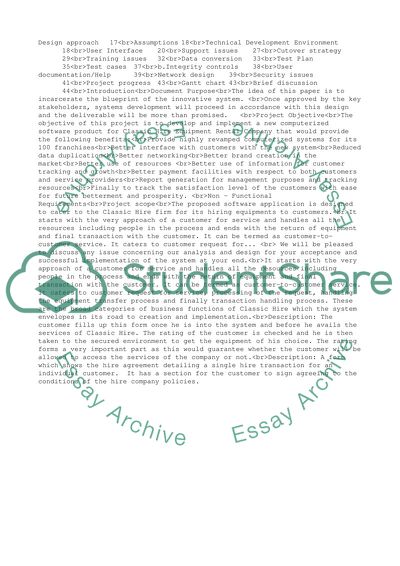Cite this document
(“Business Systems Coursework Example | Topics and Well Written Essays - 8750 words”, n.d.)
Business Systems Coursework Example | Topics and Well Written Essays - 8750 words. Retrieved from https://studentshare.org/business/1505876-business-systems
Business Systems Coursework Example | Topics and Well Written Essays - 8750 words. Retrieved from https://studentshare.org/business/1505876-business-systems
(Business Systems Coursework Example | Topics and Well Written Essays - 8750 Words)
Business Systems Coursework Example | Topics and Well Written Essays - 8750 Words. https://studentshare.org/business/1505876-business-systems.
Business Systems Coursework Example | Topics and Well Written Essays - 8750 Words. https://studentshare.org/business/1505876-business-systems.
“Business Systems Coursework Example | Topics and Well Written Essays - 8750 Words”, n.d. https://studentshare.org/business/1505876-business-systems.


